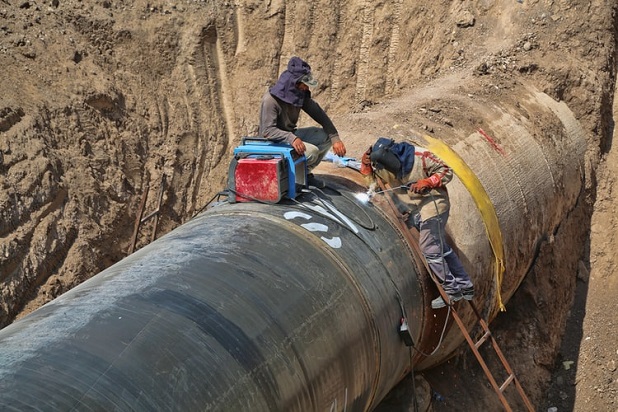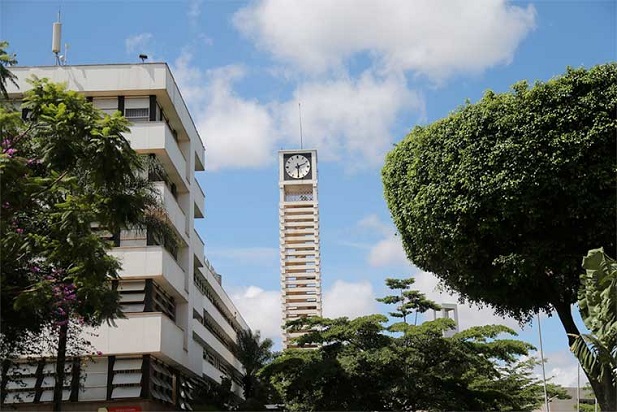Tala Central Forest Reserve located in the Kyankwanzi district could in the next decade be replanted with indigenous trees under an initiative to be supported by the East Africa Crude Oil Pipeline (EACOP).
The forest under Uganda National Authority is one of those that has lost most of its natural forest cover. Most of its parts have been replanted with eucalyptus trees for commercial timber harvesting.
East African Crude Oil Pipeline (EACOP) Ltd and National Forestry Authority (NFA) on Thursday signed a memorandum of Understanding to establish a collaboration framework for specific activities relating to biodiversity conservation and natural resource management in select Central Forest Reserves.
A section of the East African Crude Oil Pipeline will be laid in a section through Tala Central Forest Reserve.
EACOP Managing Director, Martin Tiffen said EACOP the support for Taala forest reserve is as per the International Finance Corporation (IFC) of the World Bank and also under Performance Standards (PS6)
PS6 recognizes that protecting and conserving biodiversity, maintaining ecosystem services, and managing living natural resources adequately.
“We cross a small section of the Taala Forest Reserve. The Taala Forest Reserve is mainly for commercial forestry. It has mainly eucalyptus. For many years it has not been a natural forest reserve. Under PS6, our methodology is avoid, if we can’t avoid we minimize, if we can’t minimize we restore, and if we can’t minimize we offset” said Tiffen.
EACOP runs 1,443km from Kabaale, Hoima district in Uganda to the Chongoleani Peninsula near Tanga Port in Tanzania. 80% of the pipeline is in Tanzania.
According to Tiffen, EACOP is described as a linear project because it has similar characteristics to railway and power lines. But he said the EACOP will be least impactful on the environment.
“Because the EACOP pipeline will be buried a minimum of one meter under the surface after construction. And the surface will be restored. In fact, for all purposes, it will be invisible to the people or to the animals”
Tiffen said EACOP has an obligation under the IFC performance standards to restore and offset its impact even when the impact is well managed.
EACOP has pledged that 80% of the pipeline’s footprint will be returned to its natural state. NFA Executive Director, Obong Okello the collaboration with the East African Crude Oil Pipeline Project is in line with the Authority’s strategic direction.
“At National Forestry Authority we strive to work with partners as one of our strategic objectives. And as a country, we are facing a challenge with a reduction in forest cover. As of late, we noticed that the forest cover around greater Mubende has really greatly reduced” said Okello.
Mubende, Kikuube, and Kyankwanzi are among the districts to be traversed by the heated crude oil pipeline. The three districts that used to be heavily d forested are fast losing their tree cover to commercial loggers. “Most of the loss is from those small timber industries. Those that were converting Brownwood into veneer” said Okello.
He said that NFA and EACOP have previously worked together during the planning phase of the project for example during the assets valuation process of the resettlement action planning where they identified and enumerated trees in the projects’ footprint.
The good news from Okello is that within the greater central region of Uganda, the forest cover seems to be on the increase.
“We think that such partnerships should help us to increase the forest cover and address those losses where they have occurred. And see how we can offset the footprints of the pipeline. But increase the forest cover and also contribute to biodiversity,” he said.
-URN





